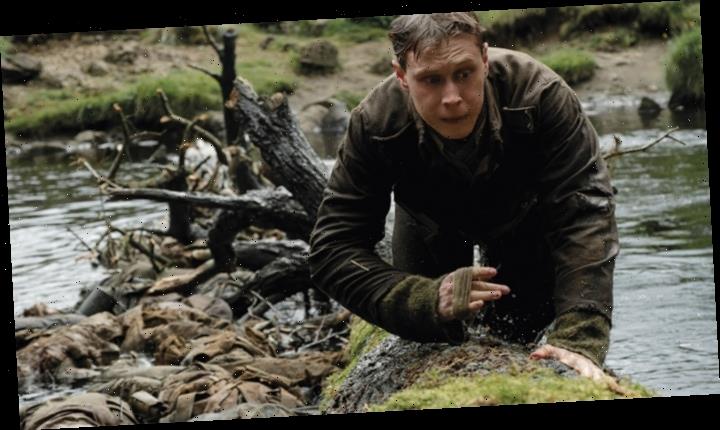Prior to working on “1917,” special effects artist Tristan Versluis had designed no more than five or six corpses. But Sam Mendes, director of the WWI drama, which has garnered 10 Oscar nominations, needed Versluis, who picked up one of those noms in the hair and makeup category, to create 30 corpses and dead horses, all at different stages of decomposition.
It was important that entire corpses rather than just body parts were created to allow Mendes to make changes when it came to shooting. “We had to be able to turn the bodies and move them in case any tweaks needed to be done,” Versluis explains.
And because the director decided to assemble the film as one continuous shot, Versluis and his team had to change their approach to their work. Instead of prosthetic pieces for front or back camera angles, he opted to use full dummies. “We had 360-degree shots. The camera could turn anywhere,” says Versluis, who was introduced to Mendes via hair and makeup artist Naomi Donne. The two had worked together on Julius Avery’s 2018 action-horror film “Overlord.”
Versluis, whose credits also include “Game of Thrones” and Tim Burton’s 2007 “Sweeney Todd: Demon Barber of Fleet Street,” has seen prosthetic material change over the years. Silicone, for instance, has gotten lighter, he says. “You can get close to the consistency of human skin.”
Popular on Variety
The advent of 3D technology helped in terms of time and efficiency on the set of “1917.” Versluis knew he couldn’t live-cast the number of people the shoot required, so he and his crew used a 3D model of a generic human, cut it into sections, and replicated body bits such as arms and torsos. “We could make lots of joints, and we could make them quickly,” he notes.
Being able to show their ideas to Mendes on a computer helped speed production, Versluis says. “We also modeled the horses in 3D positions lying down. Sam signed off and we took them to print.”
Research was integral to the process. Over the years, Versluis had built up a back catalog of images of real corpses, which came in handy when his team hadto start designing the various stages of decay. The art department also provided him with research, as did on-set historian Andrew Robertshaw. “We could sit down with him and quiz him about anything. We got as much factual research as we could,” Versluis says, adding that Google turned out to be helpful with images of rotting horses and humans.
Krysty Wilson-Cairns, who shares credit — and an Oscar nom — with Mendes for writing the script, read the diary of a World War I soldier who compared decomposing bodies with rotting cheese. In the film, there’s a moment where the soldiers are crossing through muddy waters, and as protagonist Lance Cpl. Schofield (played by George MacKay) places his hand down for balance, it plunges into a corpse. “We nicknamed it the Camembert Man,” says Versluis, whose own research was particularly useful when preparing for the scene toward the end of the movie in which Schofield is swimming in a river and reaches a bank of dead soldiers.
Mendes shot the scenes in the Tees River, and the team had to anchor the dummies so they wouldn’t float away. The idea was to depict soldiers who had been tossed in the water or had died and floated, piling up against the bank in a tableau of the casualties of war.
“We shot that over a few days,” Versluis says. “The real river debris collected and added to that reality. But it was just so incredible to design that sequence. Sam got emotional when we shot that.”
Source: Read Full Article
